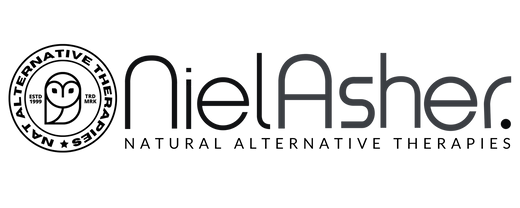Understanding the Psoas as a Major Mechanism
Psoas Trigger Points and Pain Maps
Trigger Point Therapy - Online Master Course
Any force of the Psoas (muscular contraction) can stimulate and massage organs such as the intestines, kidneys, liver, spleen, pancreas, bladder, and stomach
The psoas is considered a core muscle that acts as a keystone, central and superior to the “flying buttresses” of the femurs and thigh muscles.
This major architectural concept is also apparent in the skeletal pelvis/leg relationship, and supports the human body much like an arch does in building structures.
A shelf - supporting internal organs
The psoas travels vertically from the spine to the leg, and diagonally across the pelvis. As a skeletal muscle that passes across more than one joint, it becomes bi-articulate (a muscle that works two joints).
This is a most important concept, but it is interesting to note another role of the psoas: a shelf, supporting internal organs, along with the pelvis as a basin, and the pelvic floor.
Thus, any force of the psoas (muscular contraction) can stimulate and massage organs such as the intestines, kidneys, liver, spleen, pancreas, bladder, and/or stomach. Even reproductive organs are affected.
Visceral messaging
Some deep, central, internal organs are referred to as viscera, so communication from organs to the brain can be called visceral messaging.
The psoas, because of its proximity to major organs, can play a role as a reactor to these stimuli, thus affecting what is commonly termed “gut feelings.”
It can also affect nerve innervation, especially the lumbar nerve complex that passes through it.
The aorta (the largest artery) lies in a similar path to the psoas, so body circulation and rhythms can become intertwined with the psoas as well.

The proximity of nerves (lumbar nerve complex) and arteries to the psoas
The solar plexus junction
Another remarkable fact is that the psoas and the diaphragm, a major breathing muscle, come together at a junction point known as the solar plexus.
This is not an actual anatomical object like an organ, a bone, or a muscle; it is more an area behind the stomach, centered near the naval and in front of the aorta and diaphragm, which houses a nerve network (associated with the ancient chakra system).

The psoas and the diaphragm come together at a junction point known as the solar plexus.
No wonder the psoas is so special. It has been called the “hidden prankster,” the “opinionated psoas,” the “great pretender,” a “conductor,” and the “fight or flight muscle,” among other things.
The psoas can:
-
balance the core;
-
stimulate organs and nerves;
-
contract, release, stabilize, neutralize, or deteriorate like any other muscle;
-
connect the upper body to the lower body;
-
create movement and flow to be transmitted throughout the body.
Keeping the psoas healthy
The psoas can also adapt to differences in many ways, as long as it is in a state of release (not tight or “frozen”) and it is healthy.
Keeping this muscle in balance through various types of exercise and manipulation, and free of trigger points, will have an extremely positive effect on the physical and spiritual well being of every human being.
Article is an edited extract from the home study course The Vital Psoas which includes the full text authored by Jo Ann Staugaard-Jones, a professor of kinesiology and a certified Pilates and yoga instructor with a master’s degree in dance and education.
Find a Trigger Point Professional in your area
Hip Pain and Dysfunction - Online Course
Dry Needling for Trigger Points
Certify as a Trigger Point Therapist
Recommended Trigger Point Therapy Courses:
This trigger point therapy blog is intended to be used for information purposes only and is not intended to be used for medical diagnosis or treatment or to substitute for a medical diagnosis and/or treatment rendered or prescribed by a physician or competent healthcare professional. This information is designed as educational material, but should not be taken as a recommendation for treatment of any particular person or patient. Always consult your physician if you think you need treatment or if you feel unwell.

Ready to take your practice to the next level?
Explore which continuing education course is right for you.















